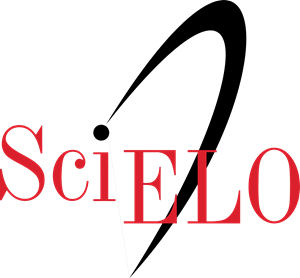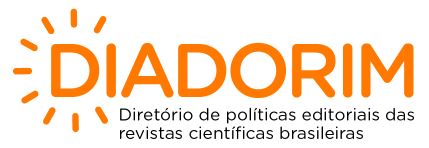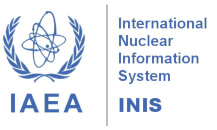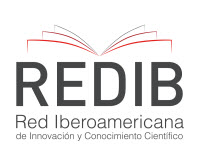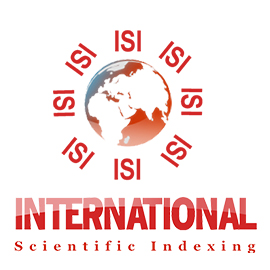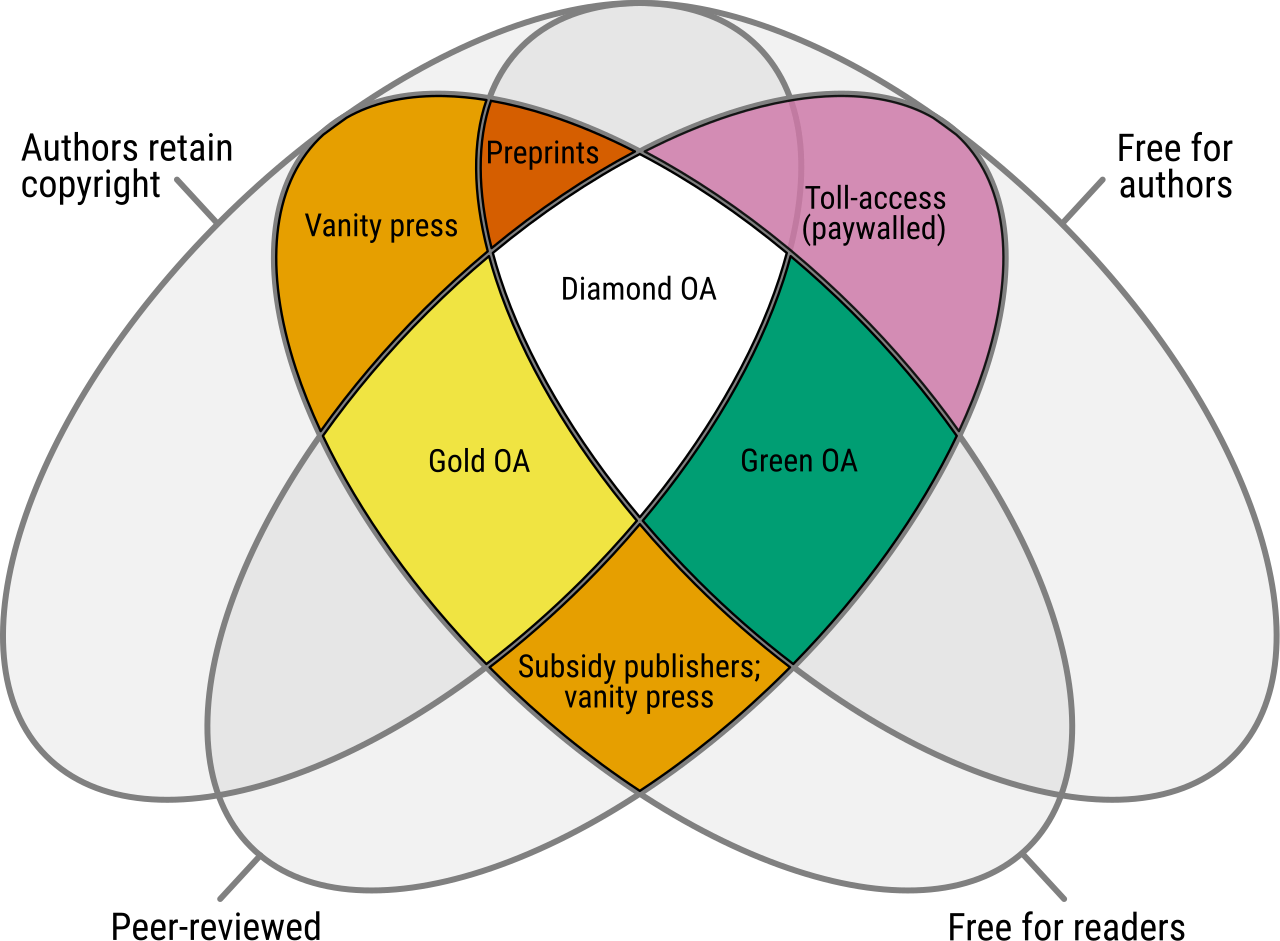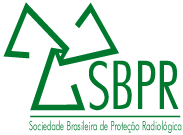The potential of protective glass from smartphones as an emergency personal dosimeter for members of the general public in radiological accidents
DOI:
https://doi.org/10.15392/2319-0612.2022.2062Palabras clave:
Non-destructive OSL dosimetry with phones, Phone protective glass, Tunneling mechanism in OSLResumen
The potential of the back protective glass from modern smartphones as a possible material for an emergency triage, OSL dosimeter was evaluated. Strong OSL signals were observed in samples of glass from phones of different models and brands after irradiation. Some important parameters of these signals were analyzed, namely the OSL decay curve shape, the dependence on dose, and the stability (fading) with time after exposure. Analysis of the shape suggested that the main mechanism of the OSL production is optically assisted tunneling. The dose-response characteristics demonstrated linearity in the tested dose range (0-2.7 Gy) provided that fading was accounted for during calibration irradiation. The fading after irradiation was described by a universal, two-component function with a primary component due to tunneling and a secondary, thermal component. Dose reconstruction tests were carried out for in-service phones exposed to known doses and then kept in normal usage (phone calls, texts, web surfing, etc.) as well as for out-of-service phones irradiated to blind (unknown) doses. Dose reconstruction was conducted using a custom-made OSL reader without dismantling any part of the phone. OSL-reconstructed, fading-corrected doses were within 25% (worse case) of the corresponding nominal values. It was concluded that the back protective glass can be used as an OSL emergency triage dosimeter (if protected from ambient light by a phone case).
Descargas
Referencias
DEGTEVA, M.O., ANSPAUGH, L.R., AKLEYEV, A.V., JACOB, P., IVANOV, D.V., WEISER, A., VOROBIOVA, M.I., SHISHKINA, E.A., SHVED, V.A., VOZILOVA, A.V., BAYANKIN, S.N., NAPIER, B. Electron paramagnetic resonance and fluorescence in situ hybridization-based investigations of individual doses for persons living at Metlino in the upper reaches of the Techa River. Health Phys, v. 88, p. 139–153, 2005. DOI: https://doi.org/10.1097/01.HP.0000146612.69488.9c
CHUMAK, V., SHOLOM, S., PASALSKAYA, L. Application of high precisions EPR dosimetry with teeth for reconstruction of doses to Chernobyl populations. Radiat Prot Dosim, v. 84, p. 515-520, 1999. DOI: https://doi.org/10.1093/oxfordjournals.rpd.a032790
ISHIKAWA, T. Radiation doses and associated risk from the Fukushima nuclear accident: a review of recent publications. Asia Pacific J Public Health, v. 29(2S), p. 18S–28S, 2017. DOI: https://doi.org/10.1177/1010539516675703
BAILIFF, I.K., MCKEEVER, S.W.S., SHOLOM, S. Retrospective and emergency dosimetry in response to radiological incidents and nuclear mass-casualty events: a review. Radiat Meas, v. 94, p. 83–139, 2016. DOI: https://doi.org/10.1016/j.radmeas.2016.09.004
ICRU - International Commission on Radiation Units and Measurements. Methods for Initial-Phase Assessment of Individual Doses Following Acute Exposure to Ionizing Radiation, ICRU Report 94, J. ICRU, 2019. 162p.
CHANDLER, J.R., SHOLOM, S., MCKEEVER, S.W.S., BAKHANOVA, E., CHUMAK, V., VELÁSQUEZ, D., HALL, H.L. Dose conversion factors for absorbed dose in a mobile phone to absorbed dose in critical organs in an anthropomorphic phantom for emergency dosimetry applications: OSL and TL experimental results, and Monte Carlo simulations. Radiat Meas, in press, doi: https://doi.org/10.1016/j.radmeas.2022.106781, 2022. DOI: https://doi.org/10.1016/j.radmeas.2022.106781
SMITH, R.W., EAKINS, J.S., HAGER, L.G., ROTHKAMM, K., TANNER, R.J. Development of a retrospective/fortuitous accident dosimetry service based on OSL of mobile phones. Radiat Protect Dosim, v. 164, p. 89–92, 2015. DOI: https://doi.org/10.1093/rpd/ncu370
SHOLOM, S., MCKEEVER, S.W.S. Developments for emergency dosimetry using components of mobile phones. Radiat Meas, v. 106, p. 416–422, 2017. DOI: https://doi.org/10.1016/j.radmeas.2017.06.005
SHOLOM, S., MCKEEVER, S.W.S. OSL with chips from US credit cards. Radiat Meas, v. 141, p. 106536, 2021. DOI: https://doi.org/10.1016/j.radmeas.2021.106536
BASSINET, C., WODA, C., BORTOLIN, E., DELLA MONACA, S., FATTIBENE, P., QUATTRINI, M.S., BULANEK, B., EKENDAHL, D., BURBIDGE, C., CAUWELS, V., KOUROUKLA, E., GEBER-BERGSTRAND, T., MROZIK, A., MARCZEWSKA, B., BILSKI, P., SHOLOM, S., MCKEEVER, S.W.S., SMITH, R.W., VERONESE, I., GALLI, A., PANZERI, L., MARTINI, M. Retrospective radiation dosimetry using OSL from electronic components: results of an inter-laboratory comparison. Radiat Meas, v. 71, p. 475–479, 2014. DOI: https://doi.org/10.1016/j.radmeas.2014.03.016
MCKEEVER, S.W.S., SHOLOM, S. Luminescence measurements for retrospective dosimetry. In: CHEN, R., PAGONIS, V. (Eds.) Advances in physics and applications of optically and thermally stimulated luminescence. World Scientific Publishing Europe Ltd., 2019, p. 319–362. DOI: https://doi.org/10.1142/9781786345790_0009
MCKEEVER, S.W.S., SHOLOM, S., CHANDLER, J.R. Developments in the use of thermoluminescence and optically stimulated luminescence from mobile phones in emergency dosimetry. Radiat Protect Dosim, v. 192, p. 205–235, 2020. DOI: https://doi.org/10.1093/rpd/ncaa208
CHANDLER, J.R., SHOLOM, S., MCKEEVER, S.W.S., HALL, H.L. Thermoluminescence and phototransferred thermoluminescence dosimetry on mobile phone protective touchscreen glass. J Appl Phys, v. 126, p. 074901, 2019. DOI: https://doi.org/10.1063/1.5108971
CHANDLER, J.R., SHOLOM, S., MCKEEVER, S.W.S., SEAGRAVES, D.T., HALL, H.L. Optically stimulated luminescence dosimetry on mobile phone back protective glass. Phys Open, v. 7, p. 100072, 2021. DOI: https://doi.org/10.1016/j.physo.2021.100072
SHOLOM, S., MCKEEVER, S.W.S., CHANDLER, J.R. OSL dosimetry with protective glasses of modern smartphones: a fiber-optic, non-destructive approach. Radiat Meas, v. 136, p. 106382, 2020. DOI: https://doi.org/10.1016/j.radmeas.2020.106382
SHOLOM, S., MCKEEVER, S.W.S. A non-destructive, high-sensitivity, emergency dosimetry method using OSL from protective back-glasses from smartphones. Radiat Meas, v. 147, p. 106646, 2022. DOI: https://doi.org/10.1016/j.radmeas.2021.106646
HUNTLEY, D.J. An explanation of the power-law decay of luminescence. J Phys Condens Matter, v. 18, p. 1359–1365, 2006. DOI: https://doi.org/10.1088/0953-8984/18/4/020
JAIN, M., GURALNIK, B., ANDERSEN, M.T. Stimulated luminescence emission from localized recombination in randomly distributed defects. J Phys Condens Matter, v. 24, p. 385402, 2012. DOI: https://doi.org/10.1088/0953-8984/24/38/385402
KITIS, G., PAGONIS, V. Analytical solutions for stimulated luminescence emission from tunneling recombination in random distributions of defects. J Lumin, v. 137, p. 109–115, 2012. DOI: https://doi.org/10.1016/j.jlumin.2012.12.042
KARS, R.H., POOLTON, N.R.J., JAIN, M., ANJÆRGAARD, C., DORENBOS, P., WALLINDA, J. On the trap depth of the IR-sensitive trap in Na and K-feldpsar. Radiat Meas, v. 59, p. 103–113, 2013. DOI: https://doi.org/10.1016/j.radmeas.2013.05.002
Descargas
Publicado
Número
Sección
Categorías
Licencia
Derechos de autor 2022 Brazilian Journal of Radiation Sciences (BJRS)

Esta obra está bajo una licencia internacional Creative Commons Atribución 4.0.
Licencia: los artículos de BJRS tienen una licencia internacional Creative Commons Attribution 4.0, que permite el uso, el intercambio, la adaptación, la distribución y la reproducción en cualquier medio o formato, siempre que se otorgue el crédito correspondiente al autor o autores originales y a la fuente, proporcione un enlace a la licencia Creative Commons e indique si se realizaron cambios. Las imágenes u otros materiales de terceros en el artículo están incluidos en la licencia Creative Commons del artículo, a menos que se indique lo contrario en una línea de crédito al material. Si el material no está incluido en la licencia Creative Commons del artículo y su uso previsto no está permitido por la regulación legal o excede el uso permitido, el autor deberá obtener el permiso directamente del titular de los derechos de autor. Para ver una copia de esta licencia, visite http://creativecommons.org/licenses/by/4.0/

